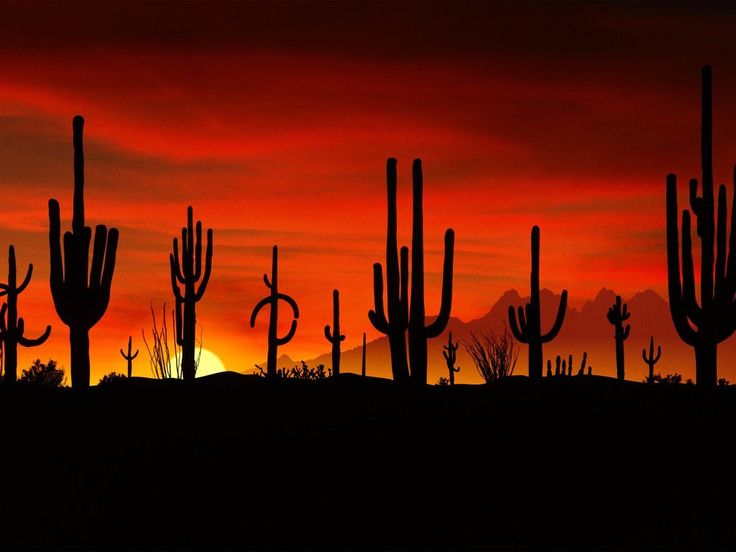
The Sonoran Desert
A Literary Field Guide
Eric Magrane
Christopher Cokinos
Editors
(University of Arizona Press)

The Sonoran Desert runs from Baja California and Guaymas in Mexico up to Needles, California, and includes El Centro all the way over to Tucson, Arizona. Being smack-dab in the desert is one of the reasons that the citizens of Phoenix are so crabby all the time. You'd be too if you had to race to your locked car in the middle of the summer and get in, frying yourself in the hot-box whose plastic seat covers will burn your bum as you race the engine, trying to get the air-conditioning to work.Fortunately for them, the plants, animals and bugs of this desert are primed to survive summertime temperatures of 120° during the day. According to Wikipedia, the Sonoran Desert
includes 60 mammal species, 350 bird species, 20 amphibian species, over 100 reptile species, 30 native fish species, over 1000 native bee species, and more than 2,000 native plant species . . . Shrubs found at higher elevations include whitethorn acacia (Acacia constricta), fairy duster, and jojoba. In the desert subdivisions found on Baja California, cardon cactus, elephant tree, and boojum tree occur.
In this volume, the editors highlight seventeen bird species, twelve mammals, nine reptiles and amphibians, seven invertebrates and nineteen plants. Unfortunately they do not feature our favorite plant, the Boojum, which has to be one of the most baffling trees going. It looks like a plant stuck in the ground upside-down, the roots in the air, the trunk blocky, homely even. It sure ain't there to give shade to your typical desert-wasted traveller.
There are a few of the natives of this 100,000 square mile wasteland that you would not want to meet on a dark night. Like the bark scorpion, the Arizona blood tarantula, the Gila monster, the Turkey vulture, and the Mojave rattlesnake.
Even the plants can attack you. Honest. The Jumping cholla is rumored to get very nervous when you approach, ready to fire off spikes to sting you. Our handbook here suggests you take your beauty kit with you in the desert. If you brush against the cholla, the only way to dislodge the stingers is by using a comb to pluck it out. And, in the poem next to a drawing of the plant, Logan Phillips writes,
Jumping cholla, la brincadora,
la viajera, la vela de coyote
--- alight in a lightness of being, borderless.
("the jumper, / the traveller, the candle of the coyote.")The Lightness of Being? See Kundera, Milan.
Many of the sixty-five denizens of the desert offered up here are accompanied by a poem . . . even some creatures you would not normally think as being all that poetical. The Creosote, which most of us remember because of its thin, acrid stink, is visualized in the words of the Tohono O'odham (as transcribed by Ofelia Zepeda),
With the smoke we are healed.
The head, shoulders, legs, the mind, the entire body.
We are whole again.
The smoke permeates the skin.
With the slightest sign of moisture you will be moved to tell a story.The Pinacate beetle, also known as the common stinkbug, is addressed in charming fashion by Erin Wilcox for its appearance in the For a Few Dollars More,
You deserve the Oscar
best supporting rôle
along with the
velvet mesquite
and palo verde
from which
this nation hung
its founding myths:
tough, pretty whores
the red man who captures them
the noble cowboy
meting out justice . . .Then there's the Javelina which looks like a piggie to me, but is, we are told by the editors, a peccary: "The collared peccary has one of the greatest latitudinal rangers of any New World game animal, ranging from Arizona to Argentine."
They snuffle. They eat cacti, agave, roots, mesquite fruit, tubers. They snort. The sniff. The mother stands while the young nurse. They bark and squeal. They wallow. In town, they will forage for garbage and chase you and your poodle. Humans chase javelinas too sometimes, with guns, though they are not especially tasty.
The Sonoran Desert is a charming book. If you are cold right now, go to that part of the world and take this with you.
I live not so far from the desert, and found that one of my favorite birds lives there, but is kind enough to visit with me at my home to the north from time to time. It is called the Phainopepla. It seems to have been saddled with that name because the American Ornithologists' Union's Checklist Committee didn't care for the "glossy fly-snapper" or the "windowwing."
Thus, the Phainopepla is a bit like you and me. The naming of babies or birds are not left to babies nor birds, those who have the most to gain (or lose). They sock it to you --- you have no choice, you are at your weakest, and you are stuck with it only until you reach the age of reason when you can get yourself to court and rebrand yourself.
The word Phainopepla is Greek for "shining robe." Don't ask me why. But they are a charming bunch, and you will take a shine to them once you meet them. Grow some mistletoe and if you live near the Sonoran desert, you might find yourself with a surfeit of them. They are addicted to the plant, but don't ask them for a kiss.
The author says that they are "a shiny black bird with a hipster crest." Where's my beard and beanie?